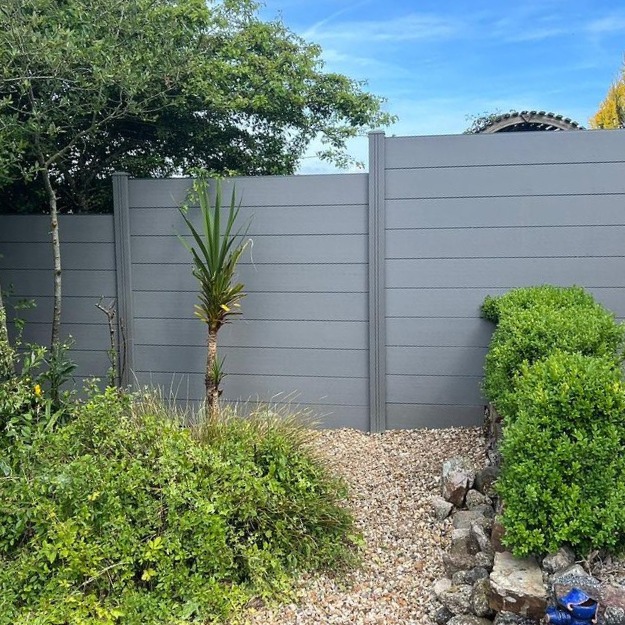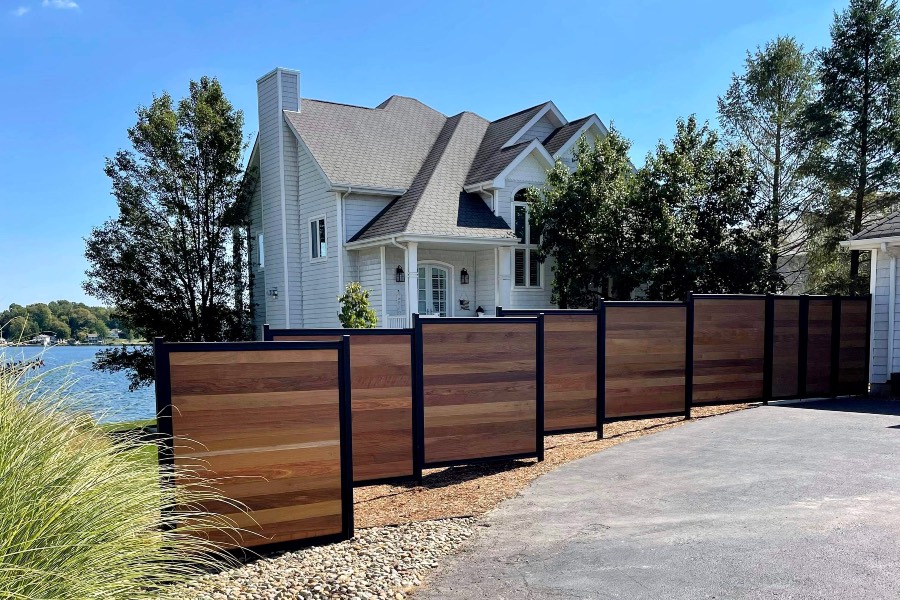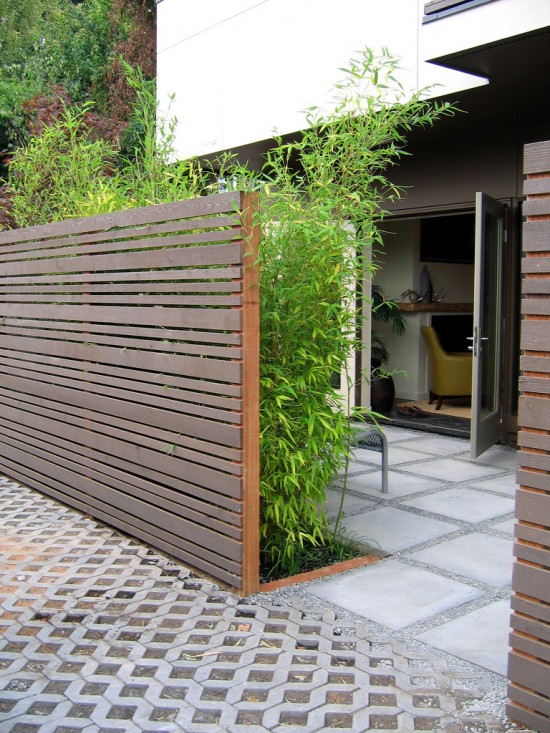All Categories
Featured
Fencings offer several benefits for house owners, consisting of personal privacy, protection, and improving visual charm. Right here are a number of vital signs that your fence may need to be replaced.
![]()
![]()
![]()
Final thought. Whether it's through physical damages, bug infestations, rot, or just the natural progression of time, identifying the signs that your fence requires to be changed can aid you make an enlightened choice regarding when to take activity. By replacing your fencing at the right time, you can make certain that your residential property continues to be safe and secure, visually appealing, and practical for years to come.
- Significant Physical Damage. Physical damage to a fencing can be created by different factors, consisting of severe climate, dropped trees, or accidents. If several panels are broken, or the messages are totally compromised, the fence will certainly no much longer serve its main function of providing security and personal privacy.

- Decaying and Degeneration. Wood fencings are specifically at risk to rot, particularly when they are in constant contact with the ground. If you observe soft, spongy, or blemished wood, it's likely that the fencing is beginning to degeneration. This is especially typical in the lower sections of the articles, which are in direct contact with the dirt. Gradually, the rot can spread throughout the fencing, damaging its architectural integrity. While localized areas of decay may be repaired, if the rot prevails, replacing the fence is typically the best choice.
- Leaning or Tilting. A leaning fencing is a clear indicator that the blog posts might have been harmed or that the soil around the messages has actually shifted. Fencings that turn considerably may remain in threat of tipping over, producing a safety risk. Shifting soil can occur as a result of numerous aspects, such as disintegration, tree root growth, or ground settling. If the leaning is severe, or if efforts to align the articles have not worked, replacing the afflicted sections or the whole fence may be essential to maintain safety and security and security.
- Parasite Invasion. Insects such as rats, ants, and termites can cause severe damages to wood fencings. Termites, for instance, can tunnel with the timber, causing comprehensive inner damage that isn't visible from the outside. If you discover little holes, sawdust around the base of the fence, or proof of insect task, it is necessary to take activity quickly. In most cases, bug invasions can damage the fencing to the point where repair work will not suffice, and substitute may be needed.

- Corrosion or Corrosion (For Metal Fencings) Steel fencings, consisting of chain-link, light weight aluminum, and wrought iron, are vulnerable to corrosion and deterioration, specifically in areas with high moisture or salt exposure. In time, rust can gnaw at the metal, damaging the framework and causing the fencing to end up being unsteady. Repair work might not be enough if the rust is comprehensive and influencing the honesty of the fencing. In this case, changing the steel sections or the whole fencing is the best option.
- Discoloring or Discoloration (For Vinyl Fences) Plastic fencings are a preferred choice due to their low maintenance and toughness. They can begin to discolor or stain over time due to direct exposure to sunshine and rough weather condition conditions. While some fading can be cleansed with ideal cleaners, extreme discoloration might make the fencing look unsightly. If the fence is showing indicators of substantial fading, especially if it influences the general appearance of your residential or commercial property, changing it with a brand-new vinyl fencing or a different material may boost both looks and performance.
- The Fence is Obsolete or No Longer Fulfills Your Needs. Sometimes, the need to change a fence isn't as a result of damages, but since it no much longer fits your requirements or the style of your home. If your fencing is outdated, does not provide adequate personal privacy, or no longer offers the degree of safety you require, it might be time for an upgrade. Additionally, if your original fence was constructed for a particular function, such as keeping pet dogs in, now you need a more solid obstacle for privacy or safety, a replacement will make certain the fence serves your current requirements.

- Regular Repair Expenses. If you locate yourself continually repairing sections of your fence, it might be extra economical to replace the whole structure rather than continually covering it up. Constant repairs can accumulate in time, and a fencing that needs constant interest may not be giving the safety and capability you need. A new fencing can conserve you money over time by lowering continuous maintenance prices.
- Fencing No Longer Gives Personal Privacy or Safety. The main purposes of many fences are to provide personal privacy and security. If your fencing is no longer serving these functions-- whether as a result of gaps, weakened structure, or simply an out-of-date design-- it might need to be replaced. A fencing that doesn't offer adequate personal privacy can leave your residential or commercial property exposed, while a fence that's no more safeguard can endanger the safety of your home.
- The Fence is Near the End of Its Lifespan. If your fencing is exceeding this age or approaching and shows several indications of wear, it's an excellent idea to begin intending for a substitute. Also if the fencing appears to be in decent condition, an old fencing might be a lot more prone to damages, and changing it proactively can conserve you from dealing with unexpected problems down the roadway.
Final thought. Whether it's through physical damages, bug infestations, rot, or just the natural progression of time, identifying the signs that your fence requires to be changed can aid you make an enlightened choice regarding when to take activity. By replacing your fencing at the right time, you can make certain that your residential property continues to be safe and secure, visually appealing, and practical for years to come.
Latest Posts
Check Out Exceptional Vehicle Maintenance Services at Montclare Auto Repair – Quality Service Today
Published May 28, 25
1 min read
Specialist Residential Roofing Solutions You Can Trust
Published May 22, 25
1 min read
Shield and Beautify Your Home with Weathercraft's Exterior siding Providers
Published May 21, 25
1 min read
More
Latest Posts
Check Out Exceptional Vehicle Maintenance Services at Montclare Auto Repair – Quality Service Today
Published May 28, 25
1 min read
Specialist Residential Roofing Solutions You Can Trust
Published May 22, 25
1 min read
Shield and Beautify Your Home with Weathercraft's Exterior siding Providers
Published May 21, 25
1 min read